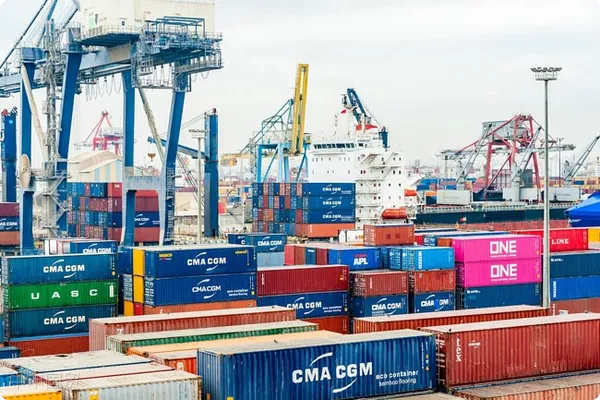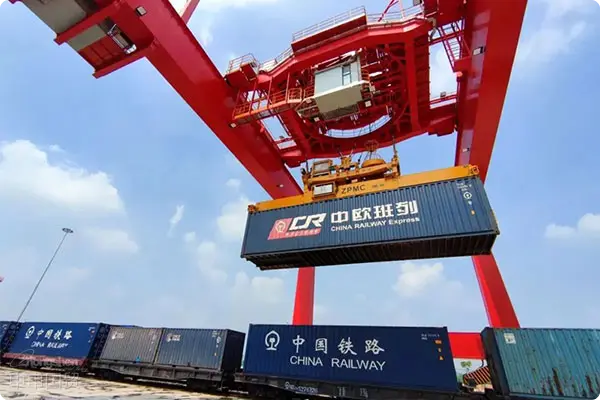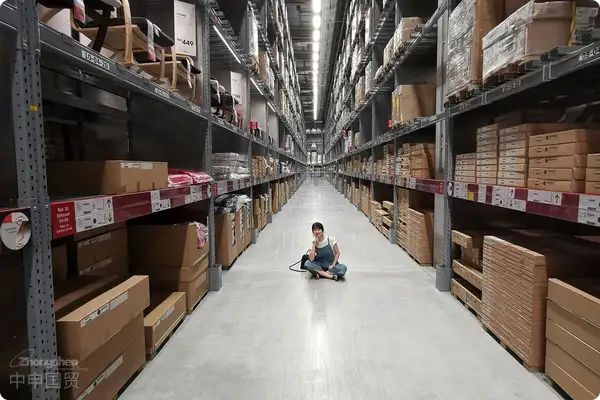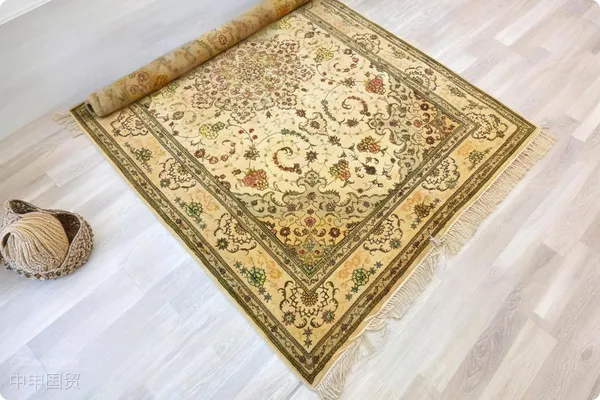- Shanghai Zhongshen International Trade Co., Ltd. - Two decades of trade agency expertise.
- Service Hotline: 139 1787 2118

In the current global trade environment, the price dynamics of enamel kitchenware exported to Russia are closely tied to the market share and survival strategies of numerous manufacturers. This article will provide an in-depth analysisCompulsory certificationof pricing considerations for enamel kitchenware, key factors influencing prices, and strategies for maintaining competitive advantages.
I. Factors Influencing Price Fluctuations
Rising costs: Changes in raw material prices, production costs, and transportation costs directly affect product pricing.
Competitive landscape: Supply-demand dynamics in international markets and competitive pressures among brands impact pricing.
Trade policies: Tariffs, exchange rate fluctuations, and Russias import restrictions may adjust price curves.
II. Russian Market Demand and Pricing Strategies
Consumer preferences: Understanding Russian consumers habits and acceptance of enamel kitchenware; pricing should consider their purchasing power.
Brand positioning: Whether targeting premium or entry-level markets, pricing should align with market acceptance and brand image.
After-sales service: High-quality after-sales service may justify higher pricing while boosting consumer confidence.
III. Strategies for Maintaining Competitiveness
Product innovation: Innovative designs and eco-friendly materials can enhance product value, supporting appropriate pricing.
Localization strategy: Study local market trends and adjust pricing flexibly to meet consumer expectations.
Discounts and promotions: Timely promotions attract price-sensitive consumers, but long-term success depends on product quality and service.
Conclusion:Pricing for enamel kitchenware exported to Russia is not static. Manufacturers must closely monitor market dynamics, adapt strategies flexibly, and ensure product quality and value. In price competition, continuous innovation and superior service will be key to winning the Russian market. As the global trade environment evolves, long-term pricing strategies will become increasingly important.
Related Recommendations
? 2025. All Rights Reserved. Shanghai ICP No. 2023007705-2  PSB Record: Shanghai No.31011502009912
PSB Record: Shanghai No.31011502009912










